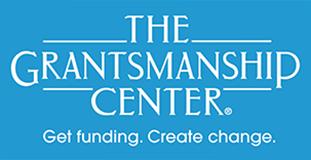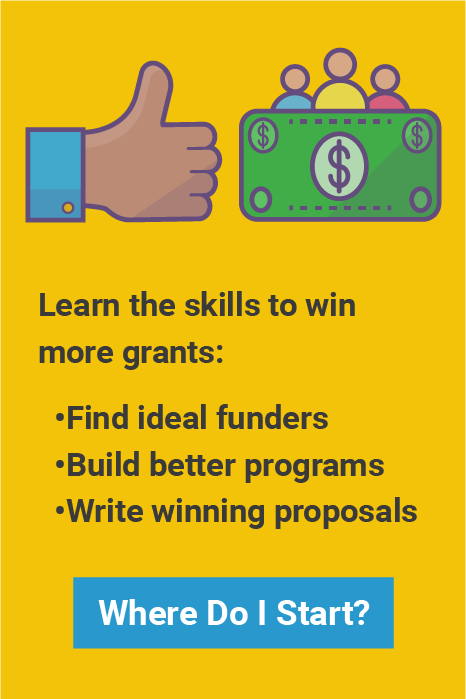
The scenario may go like this: A funding source issues an announcement soliciting grant proposals. The focus of the funding source may be only marginally related to the organization's mission. Despite this, the lure of money becomes irresistible.
Whether because of projected budget deficits, pressure from above, or economic influences, the grant proposal developer is driven to create a proposal that "fits" what the funder wants but isn't a great 'fit' for the organization. The result: a proposed program that will shift the organization away from its original mission.
The organization has begun to "chase the money." And mission creep has begun.
This reactive approach to grantseeking can have both short- and long-term negative consequences. In the short term, staff may resist implementing the new program. Board and staff members begin to feel confused or unclear about the mission. Supporters may begin to question what the organization is really all about. Longer-range consequences may include a gradual loss of mission-focus and ultimately of organizational integrity.
How do we prevent this? Here are seven steps to help your organization avoid mission creep and become proactive in grantseeking.
- Be clear about mission. Review your organization's mission regularly. Keep the mission on the table at all times. Remember that everything your organization undertakes should relate directly back to the mission.
- Develop a long-range organizational plan. If you already have a long-range plan, be sure that it includes specific program focus areas for development based on current and projected community needs. Use input from the community, demographic and economic projections, and experts in your field.
- Prioritize services and programs. Identify the developments, expansions, or services that should be the focus for this year, next year, and years following.
- Plan priority programs in detail. Develop all aspects of the programs--the need for the programs, the target population, and the plans to address the need, the evaluation, and resources needed to implement the programs. Involve appropriate staff members, collaborators, and community representatives in the planning. Know your target population, the best practices in your field, and what experts recommend.
- Develop a funding plan for priority programs. The funding plan may include an array of resources, including grants. Remember that grants are not the only source of funding and that grants generally are terminal. When they end, an organization must have other funding in place to carry on, assuming the programs should continue.
- Find the right funders. Using your well-thought-out plan, identify potential funders who share interest in both the issues and the population group that you are addressing. Develop relationships with them whenever possible. Share your program ideas and take their guidance for submitting a proposal.
- View the long-range plan as a blueprint only. It is not carved in stone. Funding opportunities may arise that are unrelated to your priority program areas but still relate to your mission and your plan. Consider them carefully, and if your organization decides to pursue them, move one of the existing priorities to a later date. But always keep the mission in mind.
A proactive organization—and proactive grantseeking—looks first to the needs of the community. A proactive organization recognizes that money is a tool to make a difference for those the organization serves. It is the means to the ends—not the ultimate goal.
Patty Hasselbring is an Emeritus Senior Trainer for The Grantsmanship Center.



